
Maintenance Operations are challenging today due to the growing demand for high machinery usage and cost reductions. Efficiently maintaining assets, equipment, and facilities is crucial for organizations of all sizes.…
Embark on the journey to Smart Manufacturing with AI and IoT powered Industrial Software. Initiate your transformation from traditional manufacturing operations to intelligent, data-driven operations.

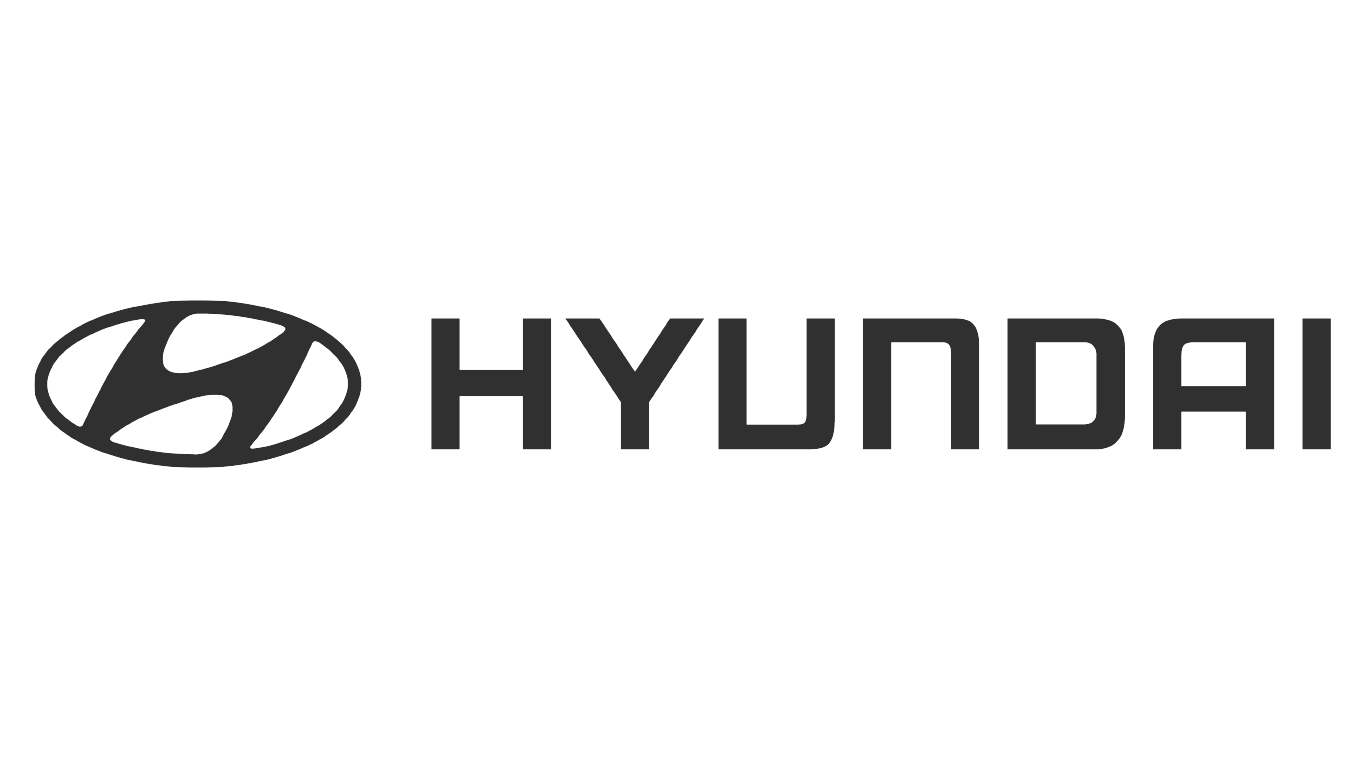
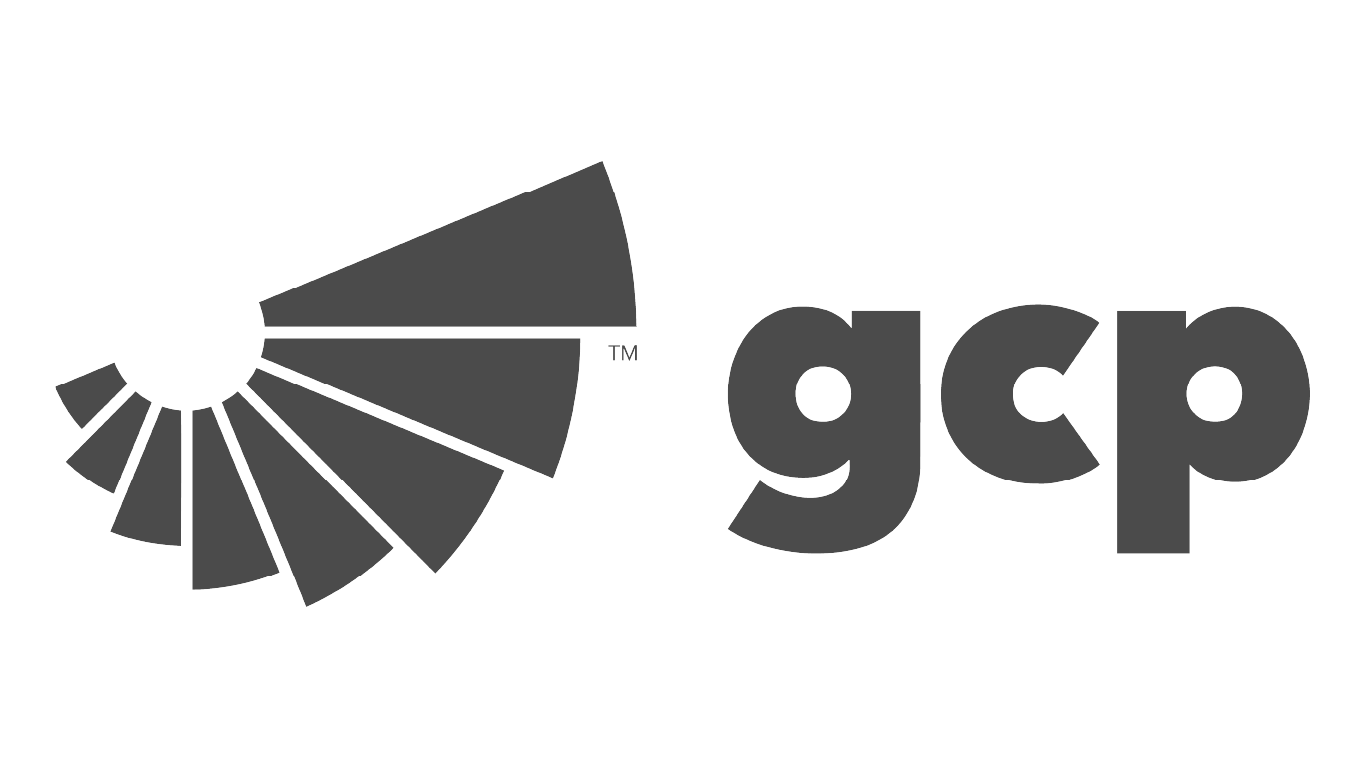
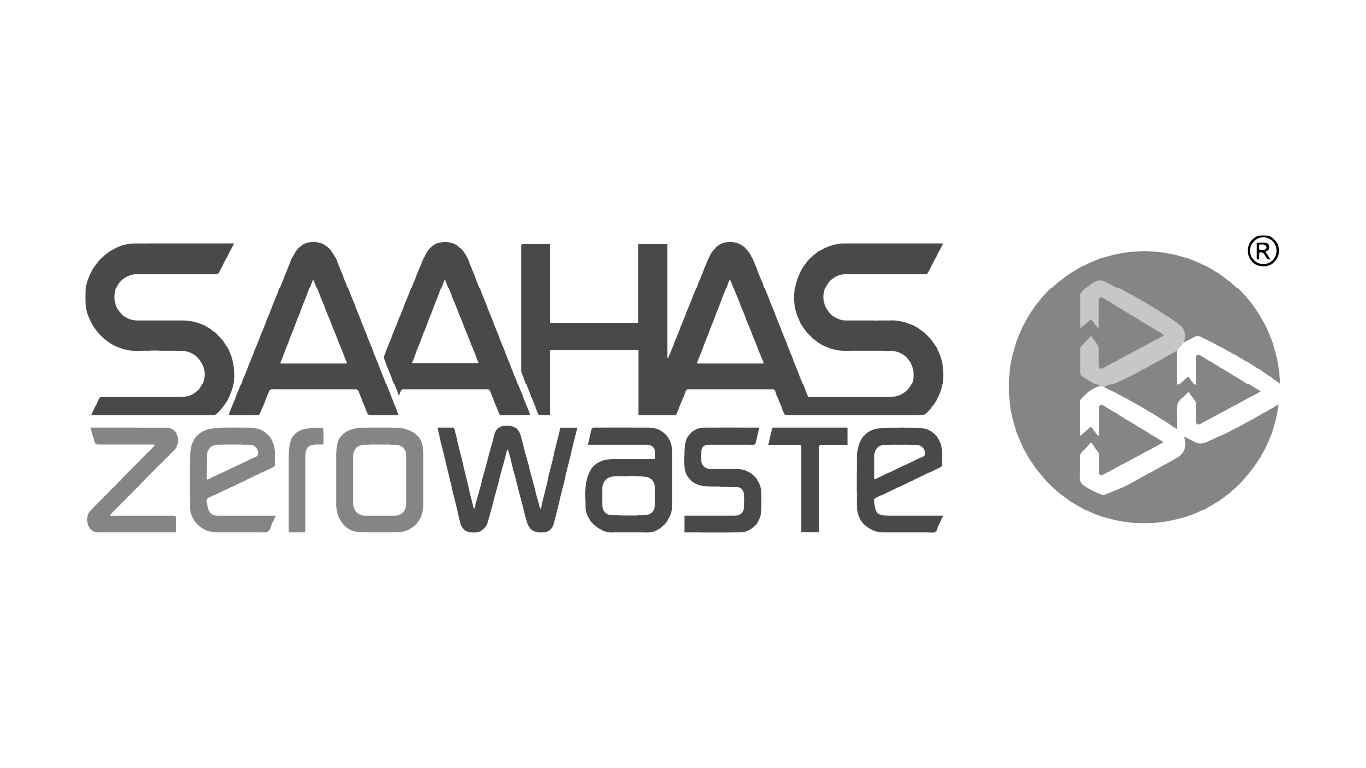
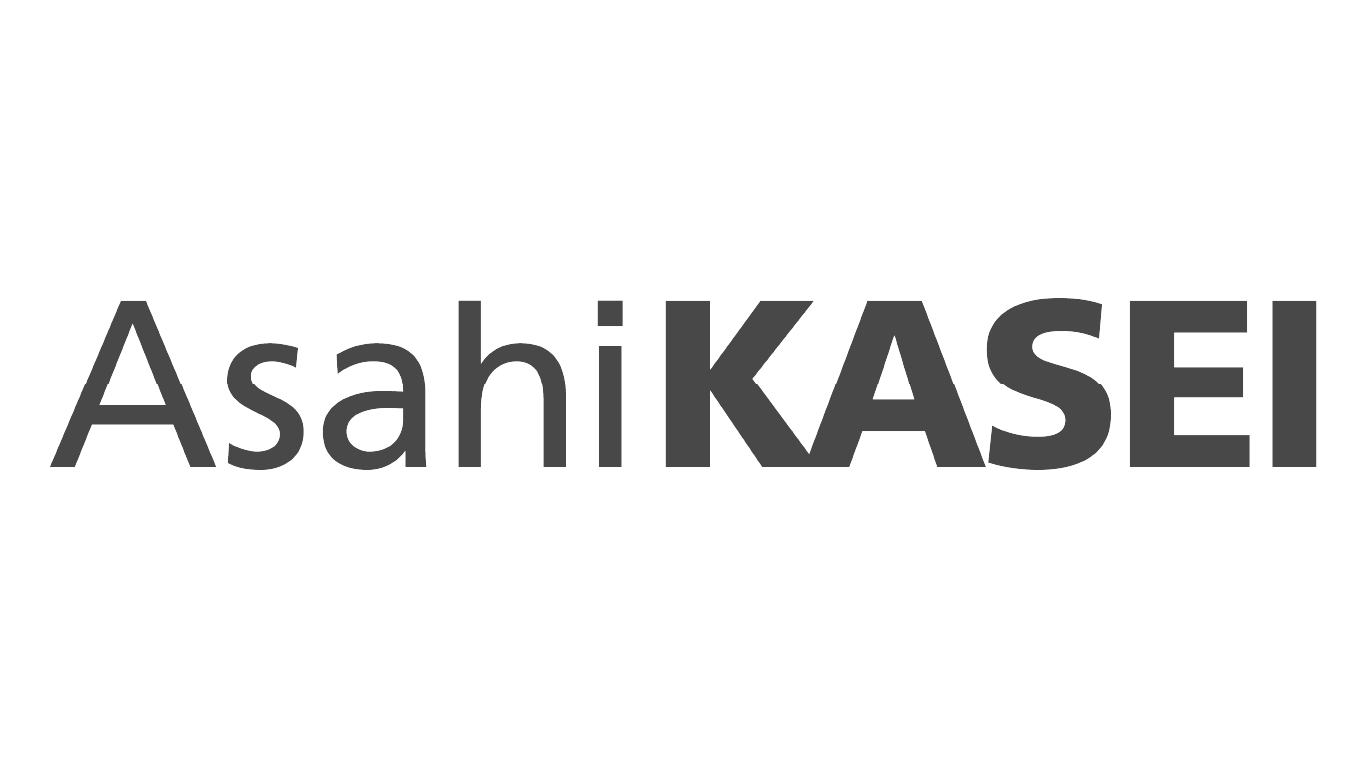

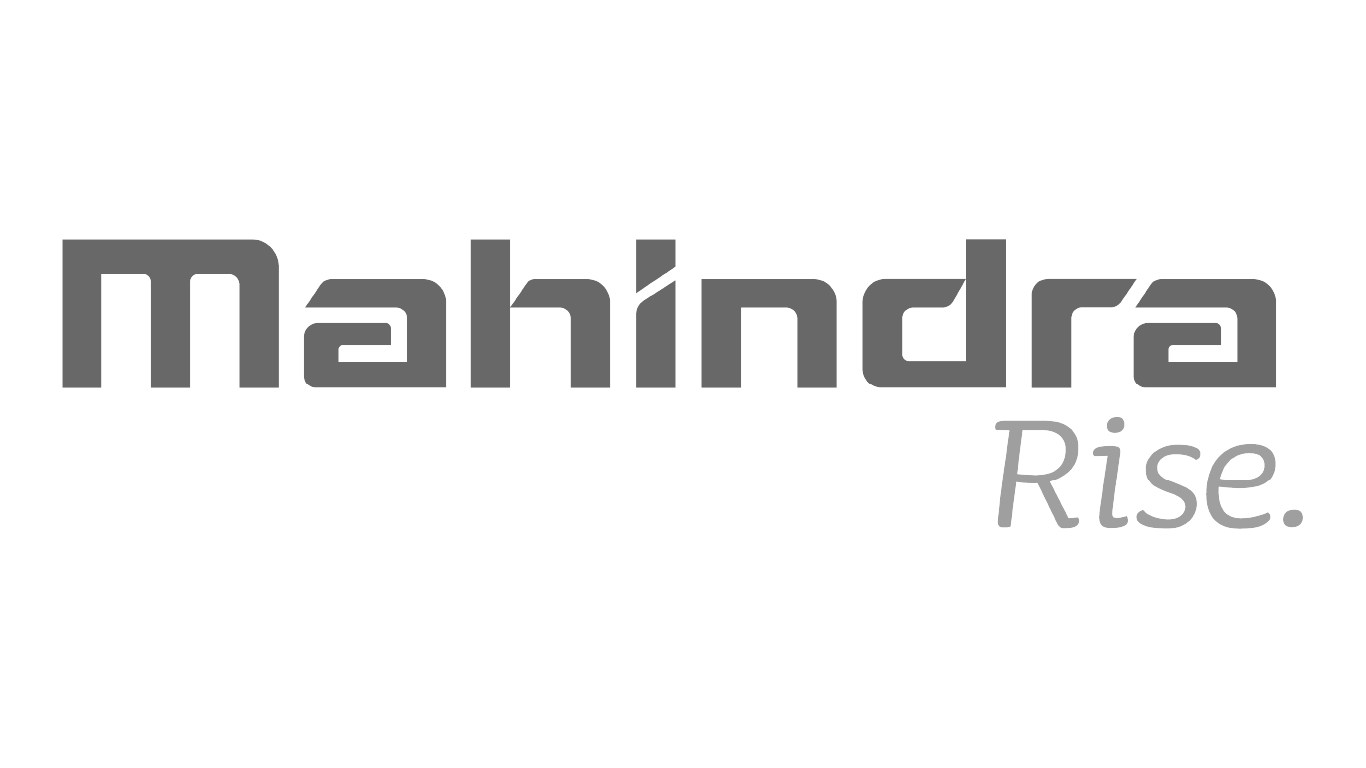
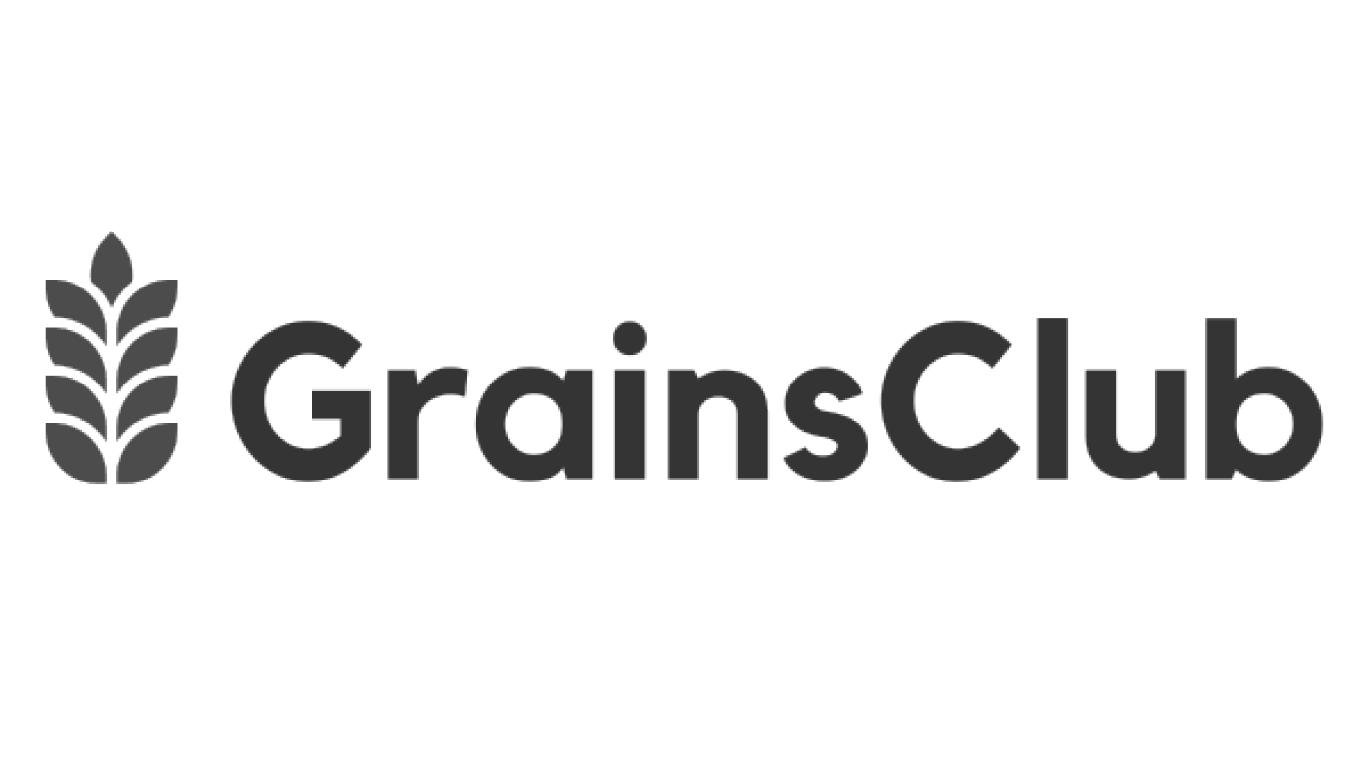
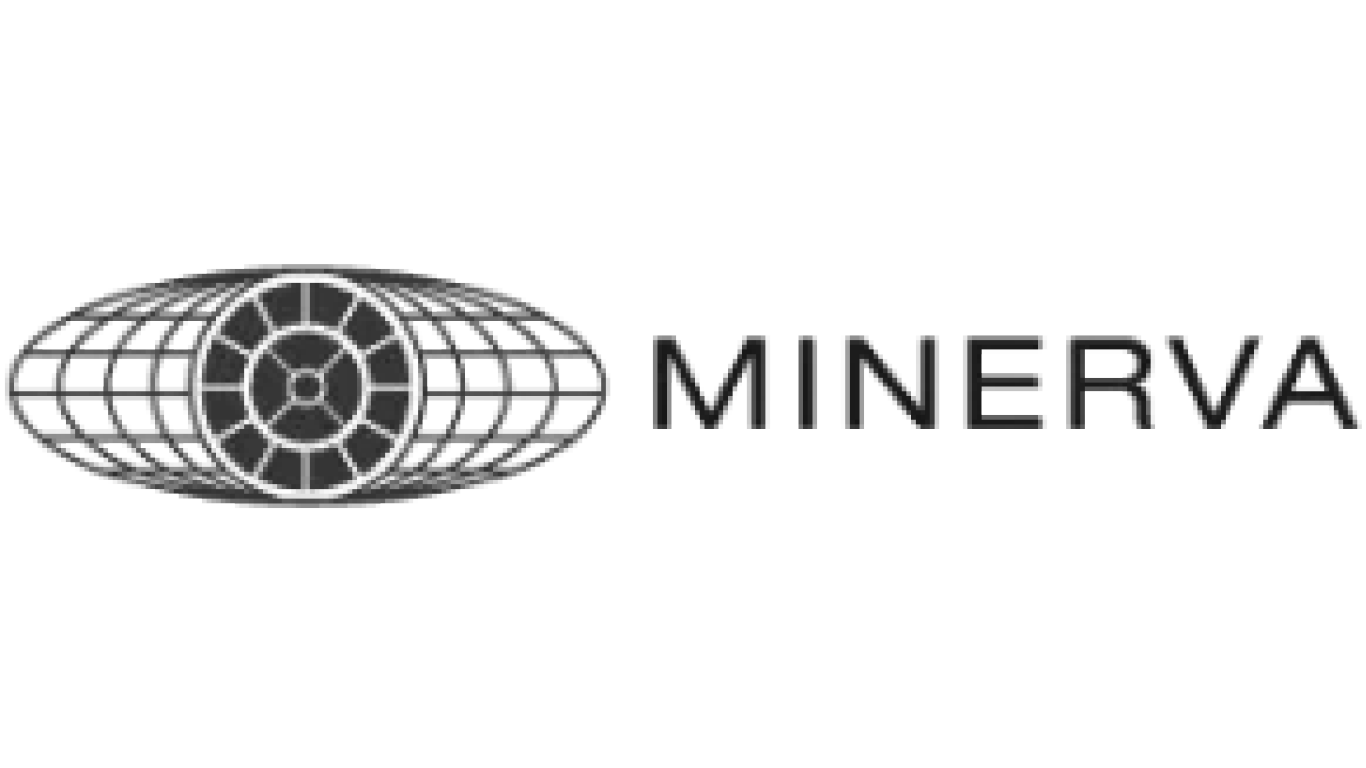
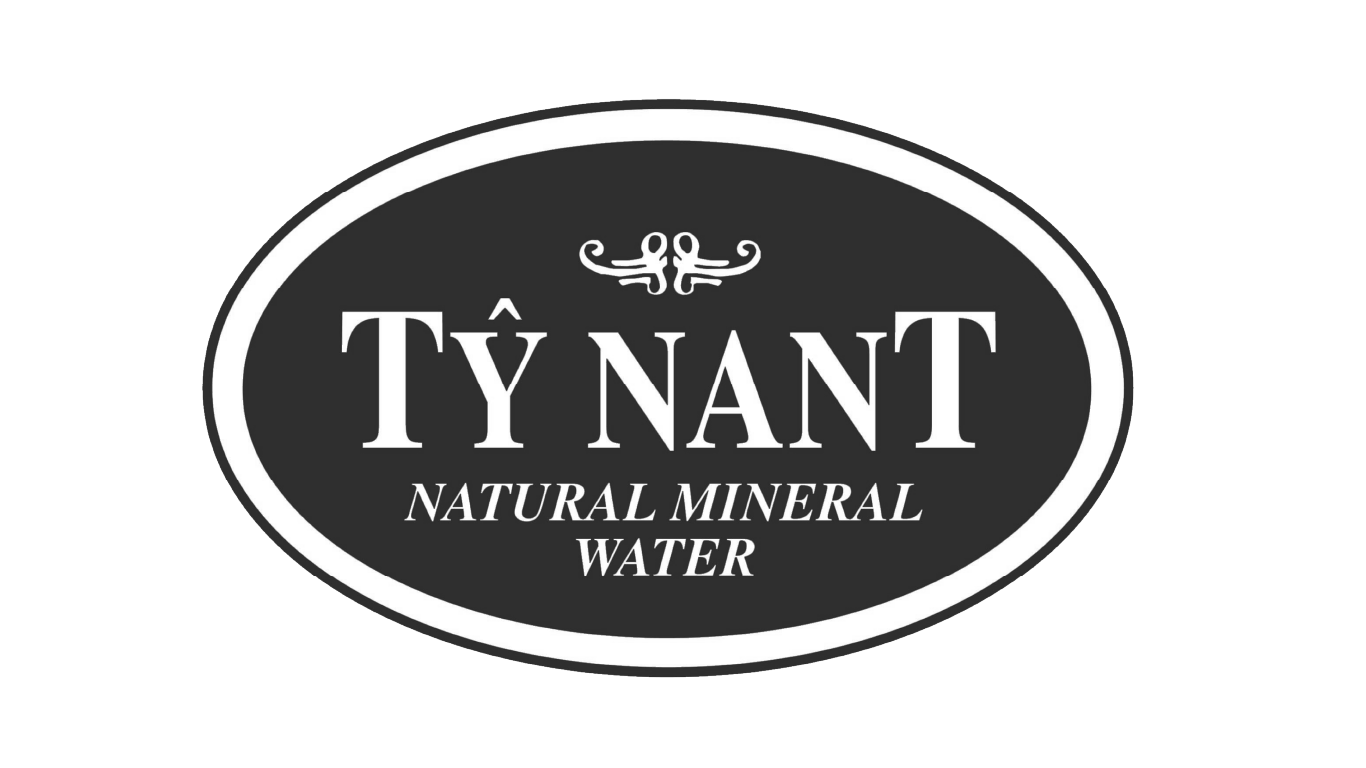
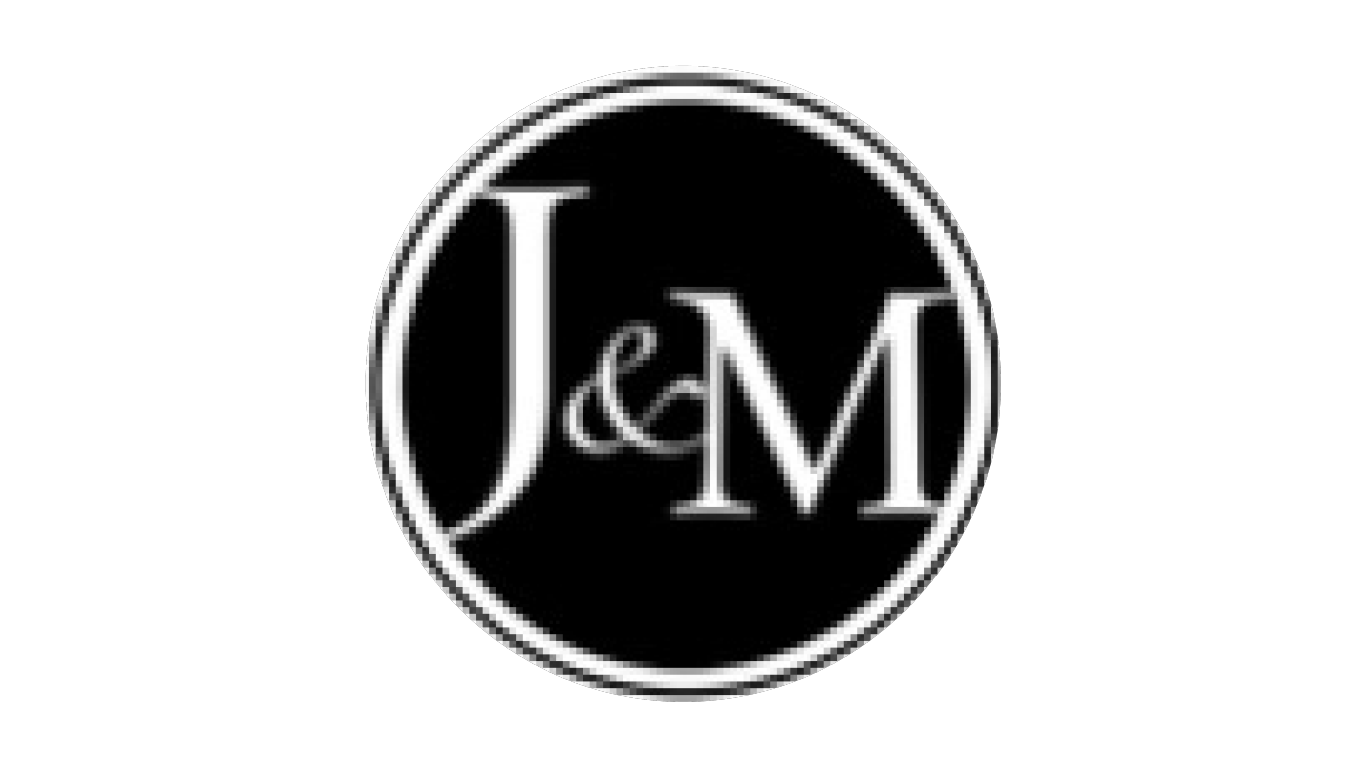
Discover the power of unified Industrial Software – Fogwing Smart Industrial Software Suites revolutionize your operations, optimize efficiency, and unlock unprecedented productivity. Streamline processes, monitor real-time data, and drive informed decision-making with our Industrial Software.
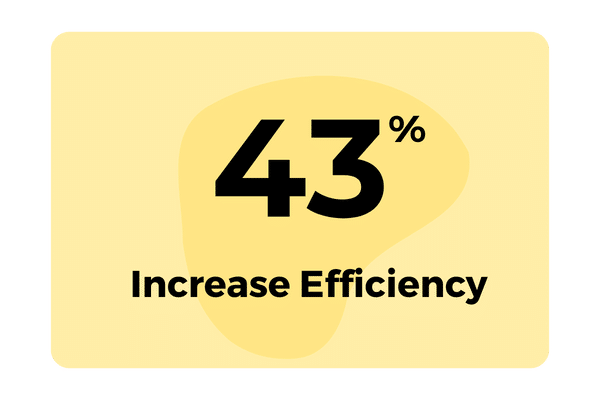
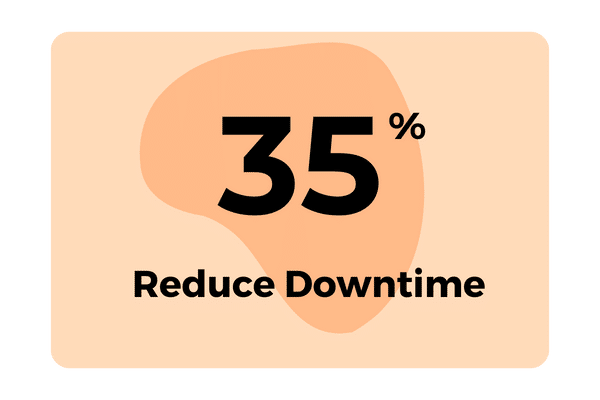
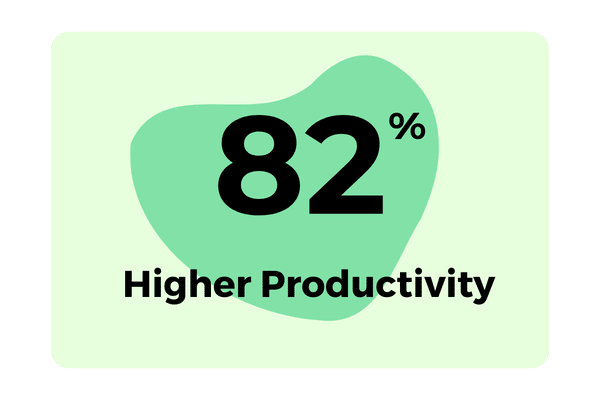

Fogwing Asset+ offers an all-in-one asset reliability management solution, combining Smart CMMS and Asset Management for efficient maintenance operations. Leverage the power of IIoT and Generative AI for digital maintenance operations. Elevate your asset reliability and decrease maintenance operational cost.
Unleash your manufacturing potential with Fogwing’s Smart Operations Software. Elevate productivity, streamline resource allocation, and optimize operations using our cutting-edge system. Gain real-time insights into utilization, OEE, and proactively plan and execute. Fogwing’s Operational Software empowers you to attain superior operational excellence and fuel business growth.


Environment monitoring is not just a social commitment, it is also a critical process to provide safest factory workspace to keep the productivity higher. Deploy Fogwing Eco Pollution Monitoring Solution to keep track of ESG commitments for your facilities. Get ready with data for compliance reports.

Imagine a factory where machines communicate with each other to optimize production, where machine usage is automatically monitored, and where you have complete control over every aspect of your operation. Don’t be left behind in the Industry 4.0 era. Embrace the power of Fogwing Industrial IoT Platform and lead your industry into a new era of productivity, efficiency, and innovation.

Envision a smart factory where machines and workforce collaborates for optimized production, with enhanced intelligence for total operational control. Embrace Fogwing Spike AI for Smart Manufacturing— propelling productivity, efficiency, and innovation. Industrial AI Solution with models for maintenance efficiency, production performance and enhanced quality compliances.
















Prevent data loss or unauthorized access with our top-tier security measures, which encompass:
The first step towards digital transformation is breaking the boundaries. Utilize Industrial IoT to connect physical machines with digital systems and experience seamless data flow to the repository.
Data analysis is the second step of digital transformation. Leverage the data stored in the repository for analysis and to identify the machine performance. Gain real-time visibility of machine performance.
The third step of digital transformation is the planning and execution of production operations with reality. The machine data insights and real-time performance metering enable smart manufacturing.
The final step of digital transformation is business optimization and growth. Leverage the insights measured across the organization to arrive KPIs for production optimization.

Maintenance Operations are challenging today due to the growing demand for high machinery usage and cost reductions. Efficiently maintaining assets, equipment, and facilities is crucial for organizations of all sizes.…

In the world moving towards the regime of Industry 4.0, smart manufacturing, advanced production, and quality assurance, one procedure that stands out is Destructive Testing. It is an unconventional asset…

In the fast-paced manufacturing world, asset availability, uptime, and reliability are more than just norms — they are critical factors that can make or break an entire business. Imagine a…